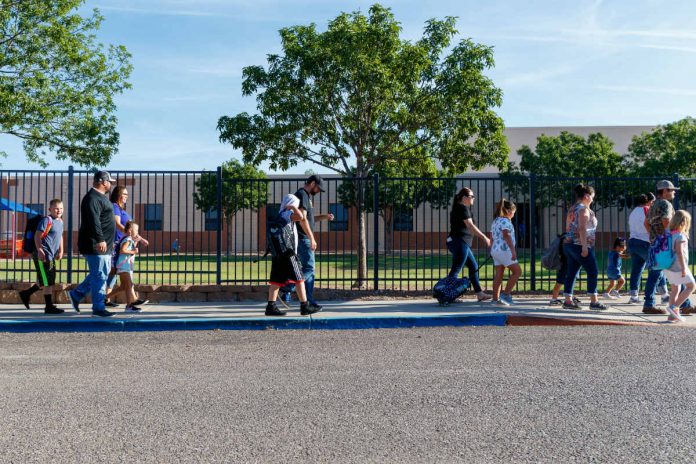Sunday to Saturday, Jan. 26 to Feb. 1, is National School Choice Week.
According to recent data, one third of American families choose which schools their children attend.
National School Choice Week aims to celebrate all forms of school choice: Public district schools, magnet schools within a district, charter schools, private schools, parochial schools and home schooling.
For some in the country, school choice has been abused to make profits off the public school funding process, taking funding from public school districts in major cities and pumping it into private or charter schools with questionable financial backing or lackluster academic standards.
Locally, however, the control that parents wield over their local schools means that funds are spent efficiently on the school itself and students’ academics, not funneled into financial profits. The local charter and parochial schools in the Verde Valley are owned and managed by local concerns, not shareholders; education is the primary concern.
Thus, while numerous charter school districts around Arizona have faced questions about their financial status or academic achievement, the charter and parochial schools in Sedona and the Verde Valley consistently test at or in some cases, slightly above, area public schools.
Arizona school choice laws allow parents to not only send their children to private or charter schools outside a public school district but also to send their children to different schools within the district, depending on what the district permits.
This means that parents can choose, for various reasons, to send their children to a particular school. Perhaps they like a certain school’s sports teams, or arts program, or a particular teacher or principal, or a school’s academic culture or even the school’s proximity. Some religious parents may also prefer their children be given religious instruction along with academics. As long as parents and children meet the requirements, the parent can change their child’s enrollment.
Conversely, parents may choose to take their children out of what would be their local public school because of a particular problem or conflict rather than being obligated by law to leave their children in a school they feel is detrimental to their safety or education.
Likewise, some children need the type of tailored or personalized care that only home-schooling can provide, so school choice allows parents this option. Home schooling was an illegal practice in many states under truancy laws until it was legalized nationally in 1993.
Most importantly, if parents feel comfortable sending their children to a different school, voters around the country have determined they should be allowed to.
A side effect of school choice is the effect it has on elected school boards. If public school officials make decisions that negatively affect students and parents, the districts risk losing those students and their state funding to other districts or programs that offer alternatives.
Other governments do not have this immediate feedback from constituents. If towns or cities make decisions that negatively affect the residents inside their incorporated boundaries, residents cannot pick up stakes and move to another municipal jurisdiction.
Christopher Fox Graham
Managing Editor






















